When he was named a district superintendent for the Church of the Nazarene, the Rev. Albert Hung found himself facing the same problem many denominational leaders face.
Too many churches. Not enough people.
Of the 90 or so congregations in the Northern California district Hung leads, few have more than 100 people, with most drawing around 40 people to worship services in buildings designed to seat far more. Their long-term, viable future is questionable — as those congregations are aging, shrinking and often disconnected from their neighbors. A number of churches in the district have already decided to close, leaving empty pews in shuttered buildings.

But an empty church building is not just an asset to be liquidated, said Hung, who insists these are still sacred spaces that God can use even if the churches that once worshipped in them no longer exist. That belief led Hung to look for creative ways to use empty church buildings.
In Santa Cruz, the Nazarenes have teamed up with a nondenominational congregation to turn a shuttered church building into a community center that will house a number of nonprofits.
Your tax-deductible gift helps our journalists report the truth and hold Christian leaders and organizations accountable. Give a gift of $30 or more to The Roys Report this month, and you will receive a copy of “Hurt and Healed by the Church” by Ryan George. To donate, click here.
For years, the building was home to First Church of the Nazarene in Santa Cruz, a small congregation that shut down after its longtime pastor retired. The church also rented space to Faith Community Church of Santa Cruz, a nondenominational church that runs several community ministries.
The decision to close down First Church of the Nazarene was worrying to Andy Lewis, pastor of Faith Community. The church had struggled to find a place to worship before renting space from the Nazarenes — and Lewis feared the church would have to leave the space.
In this new arrangement, Faith Community — which is nondenominational — gets to stay as one of several community partners sharing the space. The idea is to use the space for the benefit not just of the church but the entire neighborhood, he said. During the COVID-19 pandemic, Faith Community has used the space to run a food ministry and to host mobile medical clinics and a vaccination site in the parking lot.
“We have to rethink how we use physical spaces so we can be a presence of love in the community,” said Lewis.
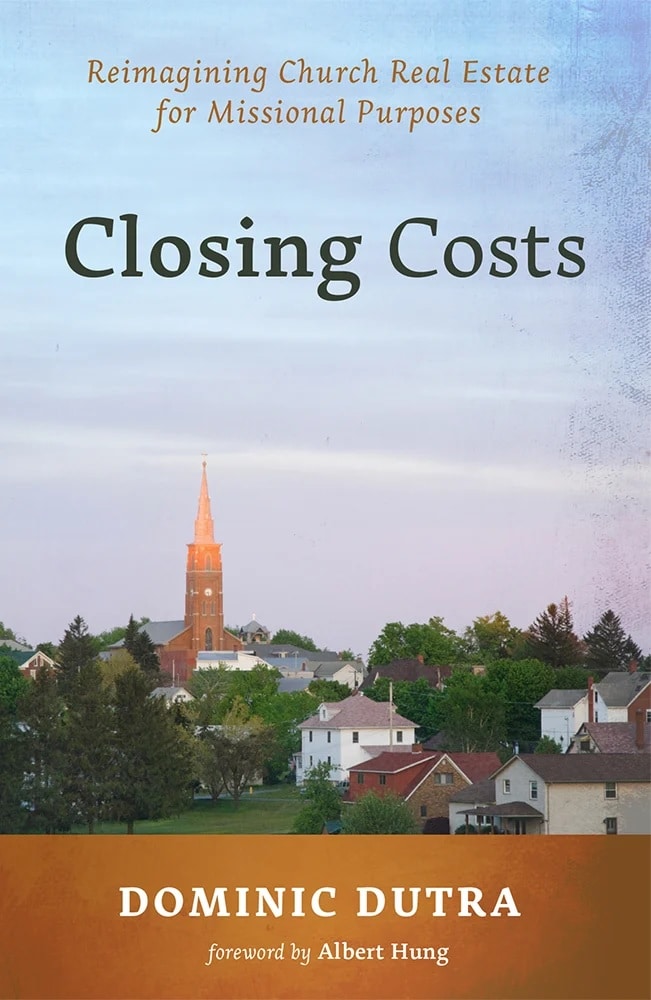
Dominic Dutra, author of “Closing Costs,” a new book about how church property can be repurposed, says there are thousands of churches around the country that have closed or will likely close in the years to come. And too often, he said, leaders of those churches put off any discussion about what to do with their building until it’s too late.
“I’ve had situations where buildings are empty and they have no plan at all,” he said.
A 2021 study from Lifeway Research, based on data from three-dozen denominations, found that 4,500 churches closed in 2019, while only 3,000 were started. The 2021 Faith Communities Today study found that the median worship attendance for churches in the U.S. dropped from 137 people to 65 people over the past two decades.
Dutra argues that billions of dollars in church property could be put to work for ministry — if church leaders become proactive about the future. He has worked with a number of religious groups to do just that.
In Oakland, Dutra helped the Nazarenes find a new buyer for a shuttered church building on the outskirts of town. The church was sold to a growing Korean congregation, which had a building close to downtown but with no parking. As part of the deal, the Nazarenes swapped their building, which had a large parking lot, for the building owned by the Korean church.
That downtown church is now home to EIKON — a nonprofit that is part Nazarene church plant, part community organization. EIKON also took over another shuttered Nazarene building, which it uses to store donated furniture and appliances for a program called “Infinite Christmas.” Those donated goods — which are brand new and come from major manufacturers — are then distributed by other local churches and nonprofits.
EIKON is the kind of experiment that denominations like Church of the Nazarene need to try, said Hung. He said many churches still cling to old ways of doing ministry, which often involve waiting for people to show up on Sunday. Instead, he said, in the future, churches will have to find ways to get out into the community and prove their worth.
“Now is the time for bold experimentation,” Hung said. “Because we have so little to lose at this point.”
Hung also hopes congregations will develop what he called “kingdom-mindedness” — looking at the bigger-picture ministry of the Christian church rather than their own interests. When he talks with a church about closing — and what will happen to their buildings — he begins with a “posture of success,” giving thanks for all the congregation has accomplished in its history.
He also gives thanks for those who gave generously to support the church’s mission in the past and encourages the church to bless future generations in the same way.
“What is the most loving thing we can do for our kids and for our neighbors?” Hung said.
Not all churches are open to that kind of thinking.
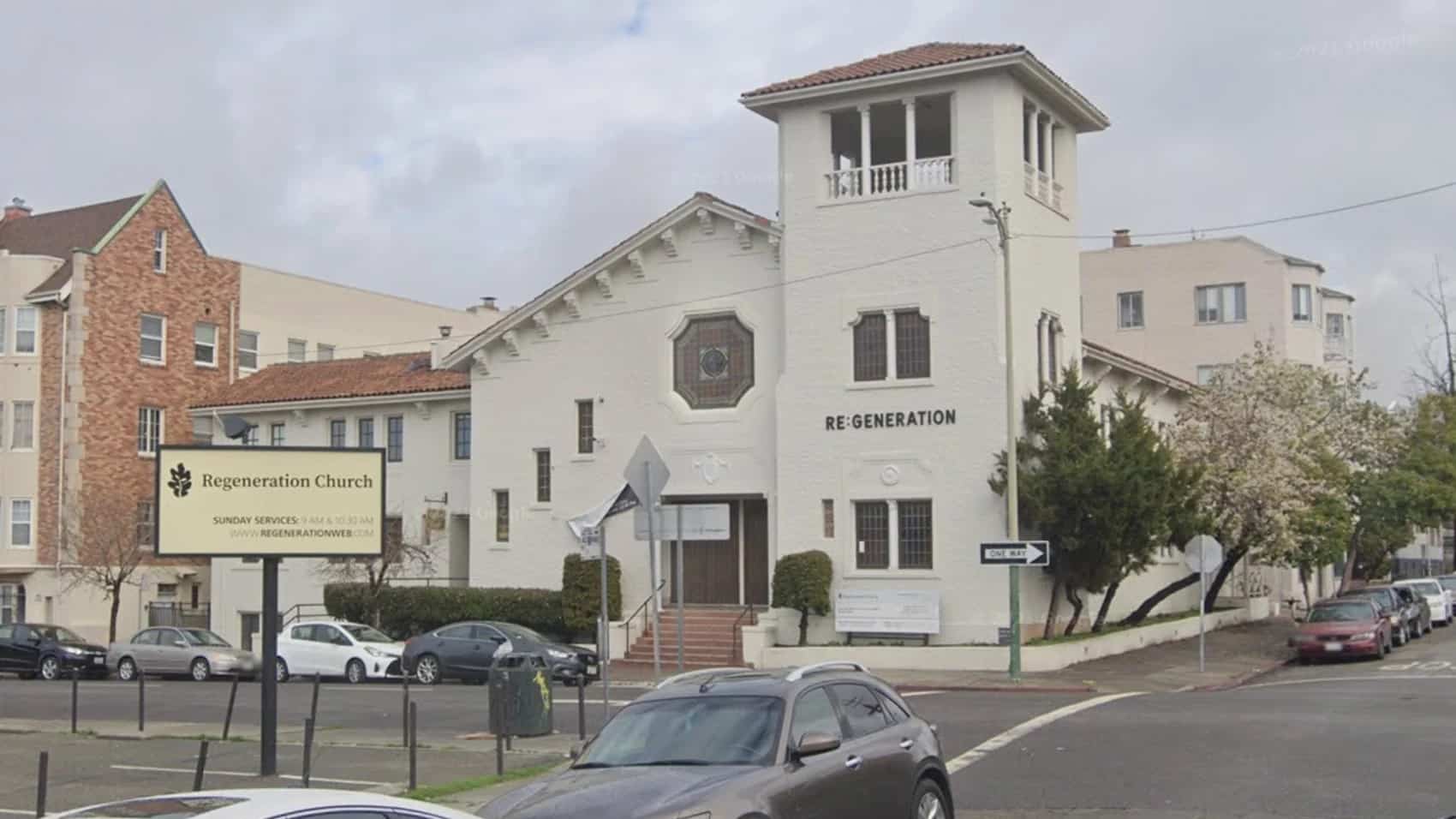
Pastor Albert Lee of Regeneration Church in Oakland said his nondenominational congregation rented space from an older Baptist congregation. When that church closed, Regeneration bought the building at top dollar, said Lee. He had hoped the denomination that owned the building would be willing to bless his church rather than seeing the sale as just another transaction — especially in the Bay Area, where property values are sky high.
“I felt really they could have partnered with us to bless the community and do some good things together, but they just had money on their mind,” he said.
When a new church starts up, Lee said, they are keenly aware of God’s provision for their needs. But when churches close, Lee said, they often don’t think about what God’s is doing and instead hold on tight to their material assets.
Lee, whose congregation bought their building just before the pandemic, has mixed feelings about the whole process. On one hand, owning the building has allowed them to run a homeless ministry and offer English as a Second Language and other programs for refugees. On the other hand, the church spent months unable to meet in the building due to COVID and as of February was still meeting on a limited basis.
For Sister Gladys Guenther, president of the Fremont, California-based Sisters of the Holy Family, planning for the future has been a blessing and a time of grief. Like many orders of Catholic nuns, the Holy Family sisters have been aging and declining in numbers.
Sister Gladys said there has been grief in watching her order plan for shutting down. The hardest part, she said, is saying goodbye to sisters she has known for decades.
“One would presume that all of this change is part of God’s plan, too. It might not be my preferential plan if I were informing God of what I would like to see happen,” she said. “But you know what — life is filled with things you thought you could never do or even imagine.”
 Bob Smietana is a national reporter for Religion News Service.
Bob Smietana is a national reporter for Religion News Service.
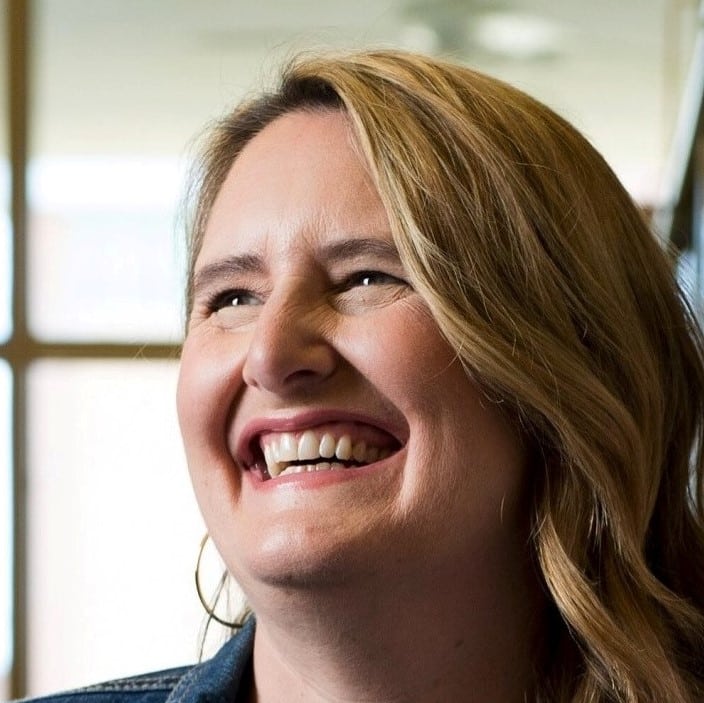
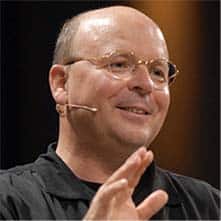


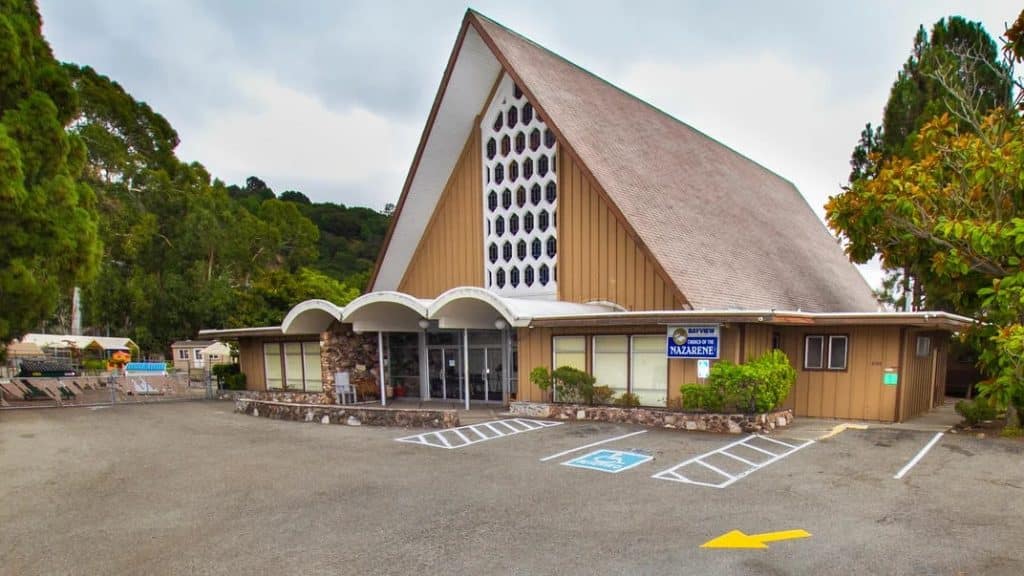

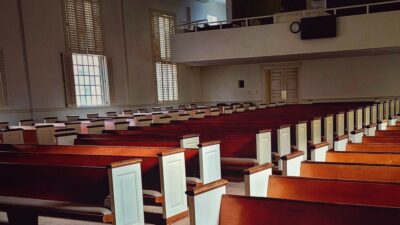
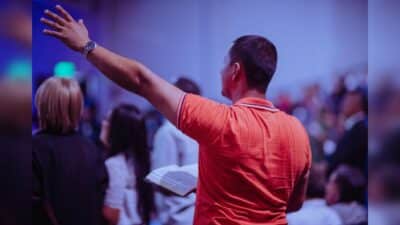
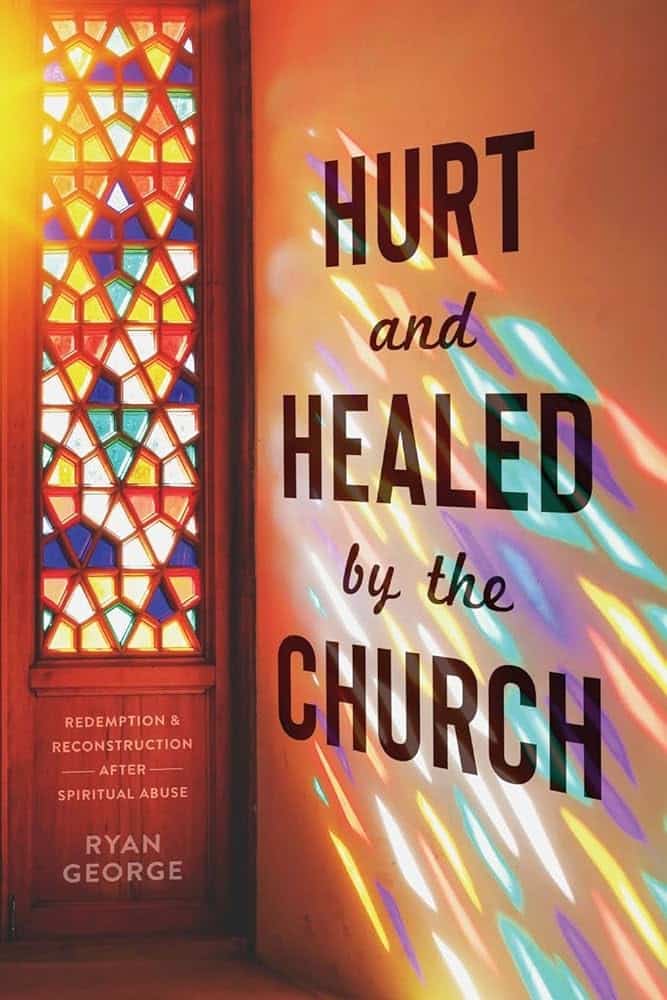
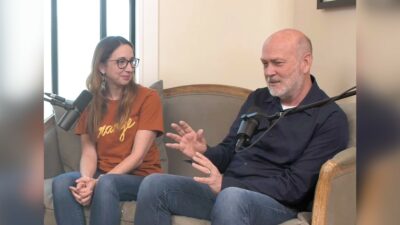
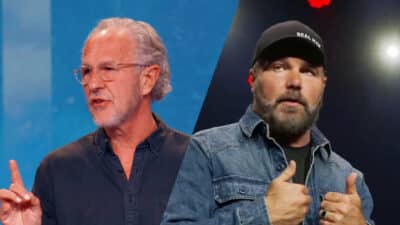
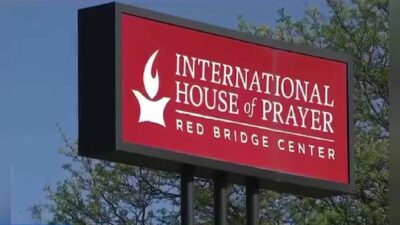







13 Responses
This story is about what is the best way to love God and love your neighbor in a particular circumstance.
This is an important conversation and accusations about why church attendance has dropped so much in the preceding decades probably will not help that conversation.
As someone who pastored for 30 plus years, I never imagined I would say this but it seems obvious now. Church buildings are becoming bad stewardship. Look at the square foot utilization per day of most churches.
We heat and cool and pay bills and pay huge insurance premiums on facilities that we gather in twice a week. Those gatherings often involve a 20% capacity.
Im beginning to see the potential for home churches as a way to replace the hungry behemoth that has become of church buildings. There is tremendous waste associated with them, not to mention pride and conflict, misplaced priorities, politics and never ending pleads for more money. You would be amazed at how many dying churches actually attempted to save thier church by building a brand new sanctuary. Something not from the bible but from a baseball movie was involved in the logic if I remember.
Imagine what a church network that met in a homes could do with all those donations instead of paying all that wasted overhead expense.
It sounds weird I know but such weirdness was the very thing that turned the world upside down 2000 years ago as they met from house to house and broke bread and fellowshipped in the word and prayer.
Thanks for sharing, Mark. It sounds like you’re well aware of the issues. Through engaging with and working with Dominic Dutra on “Closing Costs”, I’ve become aware of just how deep the problem of excess space really is.
You nailed it – “tremendous waste” characterizes the ways so many churches use their spaces. It’s a travesty. Our unhoused neighbors stifle in the heat as we turn them away from cool, but empty, gyms. Our kids don’t have safe places to play and learn after school, but we have massive classrooms that sit empty 85% of the time. Why can’t we come together out of a renewed sense of calling and do good in Jesus’ name? Isn’t that part of the church’s calling?
But rhetorical questions aside, here’s the challenge that keeps me awake at night. It sounds deceptively simplistic: “how we can gently help congregations to embrace the ideas of Closing Costs and do good in Jesus’ name with their church spaces?”
It just seems so obvious looking at things through the lens of this article – but the roadblocks are everywhere.
Mark, good points made. Our church permits other organizations to meet at our property throughout the week free of charge. Some are Christian, like Bible Study Fellowship and AWANA. Some are secular non-profits with goals that do not conflict with our faith, like a quilting club and a dog breed group. Cost is minimal because, as you mention, we’re already heating, cooling, insuring, and cleaning the building. And parking space is sufficient. It brings unbelievers from the surrounding community to the facilities and creates opportunities to invite them to worship with us. From September through May our building and grounds are utilized four nights per week and multiple days in addition to Sundays.
Gathering twice per week at low capacity is, I agree, expensive and less-than-optimal stewardship.
Has anyone addressed the subject of where the money goes when a congregation dies, and the church building is sold? If the church was giving tax deductions to donors, the money needs to go to another tax exempt organization, not the failing pastor’s bank account. The church constitution should require this. Consult tax lawyers.
Usually when churches close they have a final meeting to decide where the funds will go.
Since the pandemic, many people have become more intimate, and in a deeper relationship with our living God in secret, in an “isolated closet”. More Jesus, less church.
@Stanley – The Church is Jesus’ idea. In fact He stated He would build it. He refers to the church as His bride. The epistles of the New Testament were written to local churches. So much more could be said about this. I would encourage you to study the concept of the church in the NT.
Stanley……It’s hard for Americans, in their constant and incessant needs for materialism, to grasp that Jesus was not talking about a building. We are the church. End of story……..period. So, I understand what you are saying. America has become an ugly, litigious culture. I find very little to trust or admire about Americans, other than their adolescent desire to control others and hubris pride. This is not your grandfather’s America. I say let the buildings die. So many of these pastors are self-centered jerks. I’ve been to three different churches where a building project, and all the unbiblical debt that went with it, put a focus on wrong things.
Unfortunately for some, being alone with Jesus is the best hiding place and safe. Abuse, false teachers, wrong doctrine, fundamentalist militants, authoritative leaders, greed heads, etc are abound. Read The Roy’s Report for more information.
One option not mentioned is Christian schools. Church buildings work very well for Christian schools experiencing increased enrollment. There is a large meeting area, sometimes a gym, classrooms, including those suitable for young children, and often good parking.
In small towns I have seen old churches become family homes. It is quite strange seeing a satellite dish on a building you can tell was a church.
I used to attend saddleback church in lake forest CA. I’ve moved out of CA. Pastor Rick Warren really emphasized the need for small groups. I was part of a veterans ministry that met every Wednesday. There was only about twenty of us. It actually became my weekly church. We met, we discussed scripture, we learned from each other and many times questions would come up where we can minister to each other’s needs right there. No waiting to see a pastor or minister. I believe in my own heart smaller is better. Now I do understand for young families the church with all its benefits is good. Children ministry’s are very vital and needed.